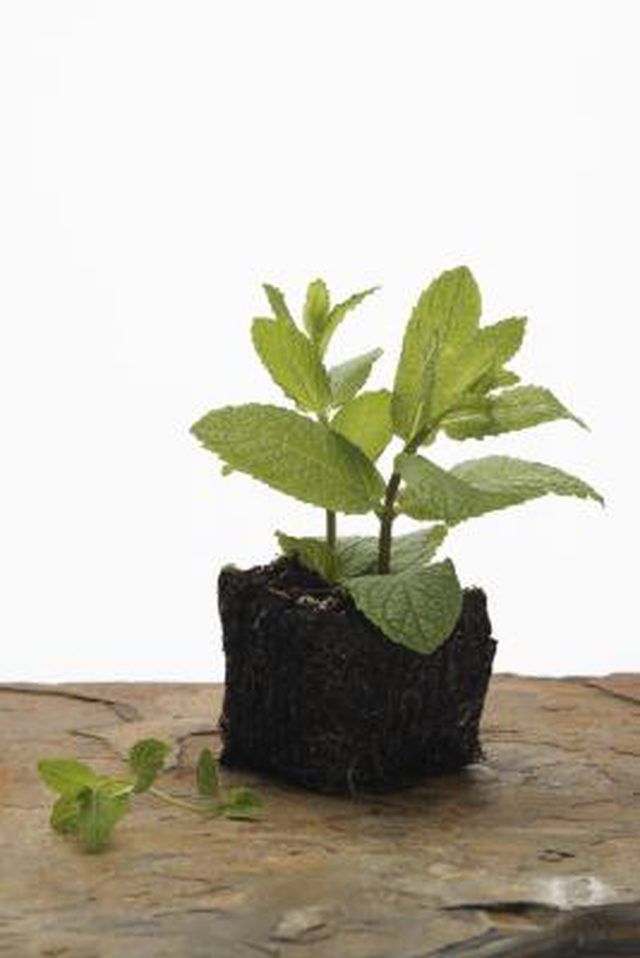Bulbs
Flower Basics
Flower Beds & Specialty Gardens
Flower Garden
Garden Furniture
Garden Gnomes
Garden Seeds
Garden Sheds
Garden Statues
Garden Tools & Supplies
Gardening Basics
Green & Organic
Groundcovers & Vines
Growing Annuals
Growing Basil
Growing Beans
Growing Berries
Growing Blueberries
Growing Cactus
Growing Corn
Growing Cotton
Growing Edibles
Growing Flowers
Growing Garlic
Growing Grapes
Growing Grass
Growing Herbs
Growing Jasmine
Growing Mint
Growing Mushrooms
Orchids
Growing Peanuts
Growing Perennials
Growing Plants
Growing Rosemary
Growing Roses
Growing Strawberries
Growing Sunflowers
Growing Thyme
Growing Tomatoes
Growing Tulips
Growing Vegetables
Herb Basics
Herb Garden
Indoor Growing
Landscaping Basics
Landscaping Patios
Landscaping Plants
Landscaping Shrubs
Landscaping Trees
Landscaping Walks & Pathways
Lawn Basics
Lawn Maintenance
Lawn Mowers
Lawn Ornaments
Lawn Planting
Lawn Tools
Outdoor Growing
Overall Landscape Planning
Pests, Weeds & Problems
Plant Basics
Rock Garden
Rose Garden
Shrubs
Soil
Specialty Gardens
Trees
Vegetable Garden
Yard Maintenance
Mint Leaves Are Turning Yellow
Mint Leaves Are Turning Yellow. Mint is a fast growing herb that grows best in full sun to partial shade. Although it likes moist soil, overwatering leads to disease. You should give it 1 or 2 inches of water every week, depending on the temperature and soil. Proper sunlight and watering will prevent or minimize most diseases, but there are several...

Mint is a fast growing herb that grows best in full sun to partial shade. Although it likes moist soil, overwatering leads to disease. You should give it 1 or 2 inches of water every week, depending on the temperature and soil. Proper sunlight and watering will prevent or minimize most diseases, but there are several reasons why your plants might develop yellow leaves.
Aphids
If the leaves curl, pucker or turn yellow, examine them for aphids that might be eating the leaves. Aphids are small green or black insects with soft bodies. You can get rid of aphids by spraying the mint with a jet of water that washes the insects away, or by using insecticidal soaps.
Verticillium Wilt
Verticillium wilt is caused by a fungus in the soil. Symptoms of this diseases include curling and twisting of the upper leaves and stunted growth. Infected leaves turn yellow and bronze. Once the fungus gets into the soil, it can stay there for years. Native spearmint is fairly resistant to this wilt, but Scotch spearmint is not.
Powdery Mildew
Powdery mildew causes a gray, powdery fungus to grow on the leaves. Leaves then turn yellow and fall off. Several chemicals can be used to control this disease, but many of them canít be used within 30 days of harvest.
Rust
Rust is another fungus that attacks spearmint and peppermint plants. Symptoms include rusty-colored "blisters" on the bottoms of the leaves. Leaves turn yellow and fall off. Mint can be flame weeded with propane to control rust, or chemicals can be used.